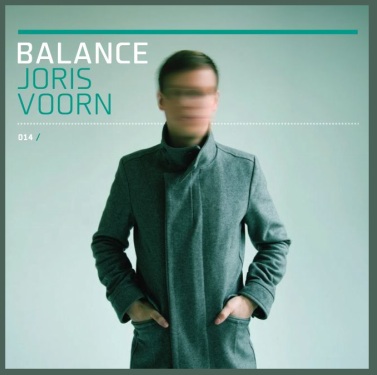One of the challenges I’m facing now is assessing where to focus my creative and intellectual energy, both in the short and long-term.
While this statement makes it appear I am absent of direction, this is incorrect. My journey over the past four years, documented within Territories and Incubator, has ultimately established a new operating foundation for my personal and professional lives. On the flip side, this increased awareness has also introduced some level of uncertainty with respect to the next course of action.
Over the course of my career, I’ve tended to use the phrase “foundation” as a way for me to maintain a high sense of humility and to continuously reset a logical “starting point” so that I can advance with greater depth and efficacy.
Looking at this phrase from an alternative perspective, while a foundation is essential for continuous growth, remaining at this foundation can be potentially limiting.
I use the word “limiting” to describe several things.
The first is that one’s future is largely based upon one’s belief system. If you choose to believe that you are always operating at a “foundation” level, it’s unlikely that you’ll also see that you have moved well beyond this foundation and are capable of much more.
The second is that building a foundation that spans beyond the norm (i.e. a foundation exhibiting greater breadth vs. depth within any particular topic) allows one to operate in many areas, but can ultimately limit one’s potential along any one particular path.
I’ve reached a point in my career where I’ve labeled myself a “solutions builder” first and foremost, followed immediately by “designer” and “technologist;” the latter two ranked in no particular order. I am comfortable with this self-imposed labeling right now, but question its long-term validity.
The challenge that I am facing now is determining where I fit within a fabricated specialization/generalization spectrum, and whether that placement is the best fit for long-term success.
What do I truly wish to become and how do I get there?










